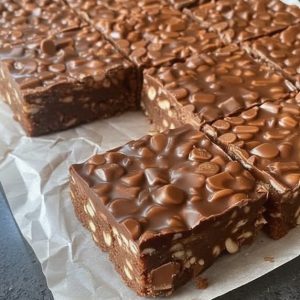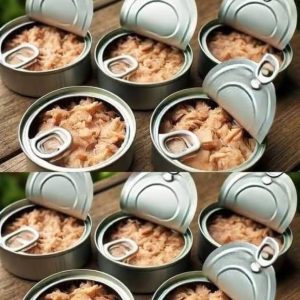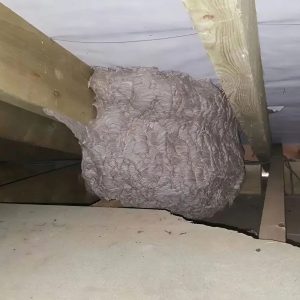Mold is one of the most common yet overlooked
household problems. Left unchecked, it can trigger
allergies, worsen asthma, cause respiratory issues,
and even damage your home’s structure. The
good news? You don’t need harsh chemicals to
fight it. One of the safest and most effective
weapons against mold is something you can pick
up at almost any store: hydrogen peroxide.
In this guide, you’ll learn exactly how to use
hydrogen peroxide to remove mold, why it works,
and how to keep mold from coming back.
1. Why Mold is a Problem
Mold is a type of fungus that thrives in damp,
humid conditions. It spreads quickly on walls,
ceilings, floors, and even furniture. Because mold
spores are microscopic and airborne, they often
go unnoticed until they form visible colonies.
For sensitive individuals—especially those with
asthma, allergies, or weakened immune systems—
exposure can cause sneezing, coughing, skin
irritation, and serious respiratory distress. That’s
why tackling mold early is essential.
2. Why Use Hydrogen Peroxide?
Hydrogen peroxide is a natural oxidizer that kills
mold spores on contact. Unlike bleach, which only
treats surface mold, hydrogen peroxide penetrates
porous materials (like drywall or wood) and attacks
mold at the root.
Better still, it’s eco-friendly. After use, it breaks
down into water and oxygen, leaving behind no
toxic residue. A 3% hydrogen peroxide solution—
the same type sold in drugstores—is ideal for mold
removal.
3. What You’ll Need
Before starting, gather these supplies:
3% hydrogen peroxide
A spray bottle
Protective gloves, mask, and goggles
A scrub brush
Clean cloths or sponges
Plastic sheeting or tarp (to protect nearby
surfaces)
Fan or dehumidifier (for drying afterward)
4. Prepare the Area
1. Remove furniture, rugs, and personal items from
the affected zone. Seal them in bags if needed.
2. Cover nearby surfaces with plastic sheeting to
prevent splashes.
3. Ventilate the room by opening windows and
running a fan to help disperse mold spores.
5. Apply the Hydrogen Peroxide
1. Pour 3% hydrogen peroxide directly into a
labeled spray bottle.
2. Spray generously over the moldy surface until
fully saturated.
3. Let it sit for at least 10 minutes—this allows it
to penetrate and kill spores deep within the
material.
6. Scrub the Mold Away
Using a scrub brush, clean the area
thoroughly.
Apply firm but careful pressure to lift mold
without damaging the surface.
Wipe with a clean cloth or sponge.
For stubborn stains, repeat the process.
7. Dry the Area Completely
Moisture is mold’s best friend. After cleaning:
Wipe the surface with a dry cloth.
Use fans or a dehumidifier to remove lingering
moisture.
Don’t put items back until the area is
completely dry.
8. Prevent Mold from Returning
Fix leaks in roofs, pipes, or walls immediately.
Keep indoor humidity below 60% (a
dehumidifier helps).
Ensure proper ventilation in bathrooms,
kitchens, and basements.
Regularly check high-risk areas and clean
small spots as soon as they appear.
Use mold-resistant paints or drywall in
problem-prone areas.
9. Safety Tips
Always wear gloves, goggles, and a mask to
protect from mold spores and peroxide
splashes.
Never mix hydrogen peroxide with vinegar or
bleach—this creates dangerous fumes.
Store hydrogen peroxide in a cool, dark place
so it doesn’t lose potency.
10. Common Mistakes to Avoid
Not giving peroxide enough time: If you
wipe it away too soon, mold spores survive.
Always wait at least 10 minutes.
Ignoring the source of moisture: Cleaning
mold without fixing leaks or humidity issues
means it will come back.
Using bleach: It’s less effective on porous
surfaces and harsher on your home.
Final Word
Mold may be sneaky, but it doesn’t have to win.
With hydrogen peroxide, you can tackle mold
safely, effectively, and without toxic chemicals. By
following these steps—and addressing the root
cause of moisture—you’ll keep your home healthy,
fresh, and mold-free.





